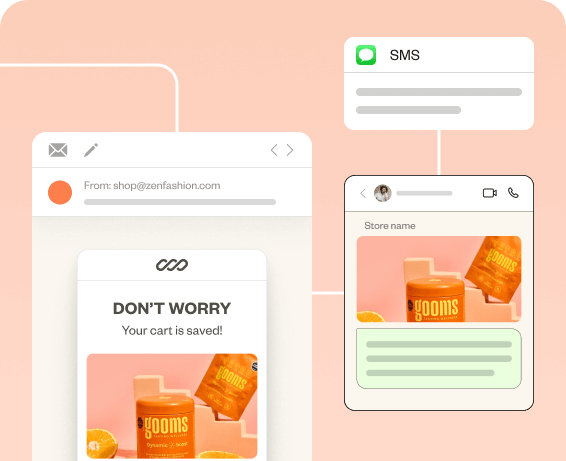You’re spending hours crafting emails or ads, only for them to land in crowded inbox and get ignored because they don’t speak to the customer.
With demographic segmentation you can tailor your messaging to unique needs and preferences of customers. No doubt, this is the go-to email segmentation strategy for most marketers.
But how often do brands actually get it right?
In this blog, we explain:
- What is demographic segmentation?
- Categories of demographic segmentation
- How to gather demographic data?
- How to use demographic segmentation?
Create demographic segmentation in a few clicks with Retainful and send personalized emails.
Let’s start.
What is demographic segmentation?
Demographic segmentation is a marketing strategy that divides a target audience into distinct groups based on factors like age, gender, income, education level, occupation, marital status, ethnicity, and family size.
Categories in demographic segmentation
1. Age
Dividing audiences by age groups, such as Gen Z, Millennials, Gen X, or Baby Boomers.
Age often influences preferences, spending habits, and communication styles.
For example, younger audiences might prefer short-form video content, while older generations may respond better to detailed emails or print materials
2. Gender
Identifying audiences as male, female, non-binary, or other gender identities.
Gender can play a role in product preferences (e.g., apparel, grooming products) or marketing tone. However, modern segmentation emphasizes avoiding stereotypes and catering to inclusivity.
3. Geographic Location
Segmenting by region, country, city, or urban/rural areas.
Location affects climate, traditions, and accessibility to certain products. A winter clothing campaign would perform better in colder regions than in tropical areas.
4. Ethnicity and Culture
Segmenting based on cultural background, traditions, or ethnicity.
Cultural factors can impact preferences for food, holidays, fashion, or entertainment. Culturally tailored campaigns often result in stronger resonance and loyalty.
5. Income
Segmenting by income levels, such as low, middle, or high-income brackets.
Income influences purchasing power and product affordability. Luxury brands, for instance, target higher-income groups, while budget-friendly brands focus on affordability and value.
6. Occupation
Categorizing audiences by their professional roles, such as students, executives, or freelancers.
Occupation influences lifestyle and needs. A marketing campaign for ergonomic office chairs will resonate more with professionals working desk jobs than with manual laborers.
How to gather demographic data?
1. Sign-up forms
Encourage users to create accounts or sign-up for email newsletter and fill in details like birthdate, gender, and location during the sign-up process.
Use tageted sign-up forms and popups to show the right message at the right time and capture more email addresses and contact information.
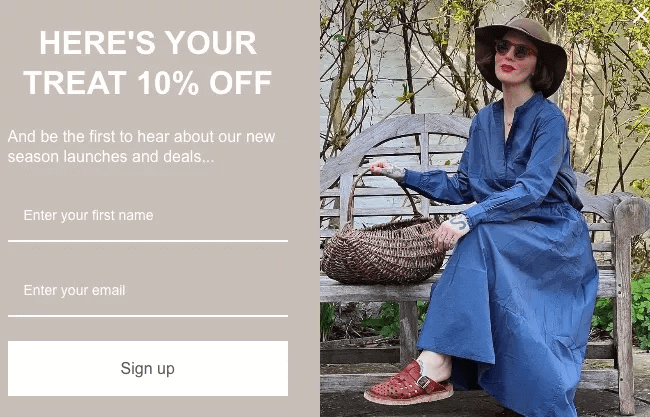
2. Follow-up emails
Send emails post-purchase or after a browsing session, asking for optional demographic details.
Customers may be hesitant to provide personal or demographic details right away in the sign-up forms without understanding the value they’ll receive.
Through progressive profiling in follow-ups, you can ask for specific details (e.g., preferences, demographics) at the right time, showing customers how this helps improve their experience.
3. CRM Platforms
If you are in B2B, use customer relationship management (CRM) tools like Salesforce to collect and segment demographic data on business clients (e.g., company size, industry, and decision-maker roles).
4. LinkedIn Analytics
Use LinkedIn Campaign Manager to gather data on job titles, industries, and company sizes for targeted ads.
Forget configuring rules after rules. Segment your email list within clicks in Retainful.
How to use demographic segmentation to personalize email marketing?
Demographic segmentation allows you to craft emails that speak directly to your audience’s unique characteristics, needs, and preferences.
By tailoring your marketing campaigns to align customer’s interests, you ensure that every email feels like it was written just for them, driving both engagement and conversions.
Email personalization isn’t just a strategy; it’s how you make your brand unforgettable.
Create Location-Based Offers
Use geographic data to tailor email offers based on local events, seasons, or regional preferences.
Example:
- “It’s Ski Season in Denver—Gear Up with 20% Off!”
- “Hot Summer Deals for Miami Beach Residents!”

This personalized email expertly uses geographic targeting by aligning its product collection, color palette, and overall messaging with American cultural symbols.
Customers are more likely to purchase items that resonate with their identity or cultural pride. The emphasis on the USA theme builds this connection effortlessly.
Use Demographic Data for Seasonal Campaigns
Match seasonal events to audience demographics, such as cultural holidays or back-to-school promotions.
Example:
- “Celebrate Diwali with Exclusive Discounts!”
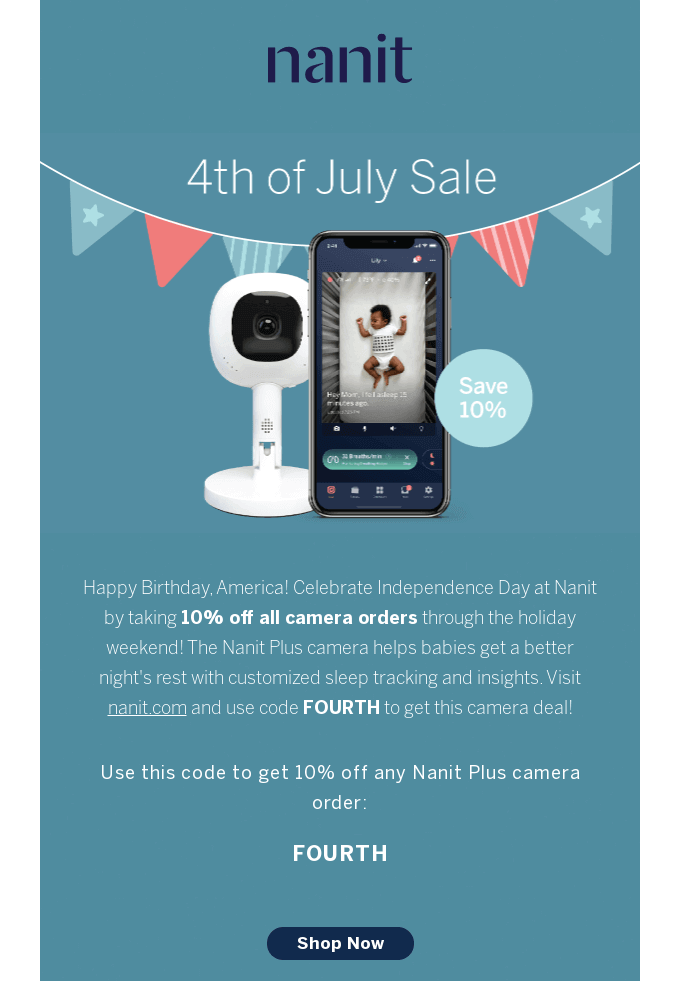
This segmented email campaign example leverages demographic segmentation based on the season by aligning its messaging and promotion with the back-to-school period.
The back-to-school timing directly resonates with this audience’s priorities, ensuring relevance and increasing engagement by connecting the offer to a specific and timely context.
Align Messaging with Life Stages
Use marital status, family size, or life stage data to craft specific messages.
Example:
- “First-Time Homebuyers: Your Mortgage Guide Awaits!”
- “Essentials for New Parents—Everything You Need in One Place!”

This segmented email campaign leverages demographic segmentation based on marital status by targeting parents, specifically those managing family meals.
By focusing on “super parents” and offering incentives tied to kids’ meals, it appeals directly to individuals who are likely married or caregivers.
This type of demographic segmentation based on marital status acknowledges the unique responsibilities and decision-making patterns of this demographic.
Run Gender-Specific Promotions
Target products or services based on gender preferences, avoiding stereotypes.
Example: Market men’s grooming kits to male customers and wellness products to female customers.
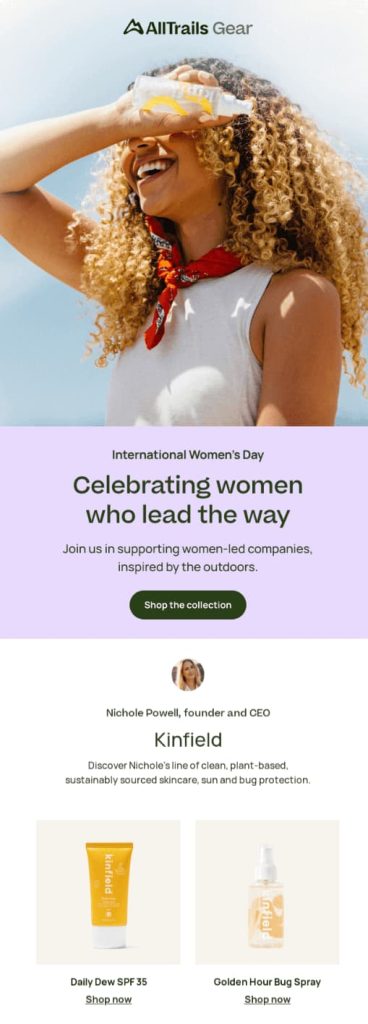
This personalized email example uses demographic segmentation based on gender by directly targeting women, particularly those interested in outdoor activities, with messaging that aligns with their values and interests.
This approach not only strengthens brand loyalty but also taps into the emotional buying triggers of its targeted demographic.
Women are more likely to engage with and purchase from brands that reflect their values, celebrate their achievements, and offer products they find relevant and meaningful.
Gender-specific demographic segmentation ensures the email feels personalized, fostering trust and encouraging higher conversion rates.
Send birthday email to increase loyalty
By acknowledging the customer’s birthday, it creates a sense of personal connection and exclusivity, which strengthens brand loyalty.
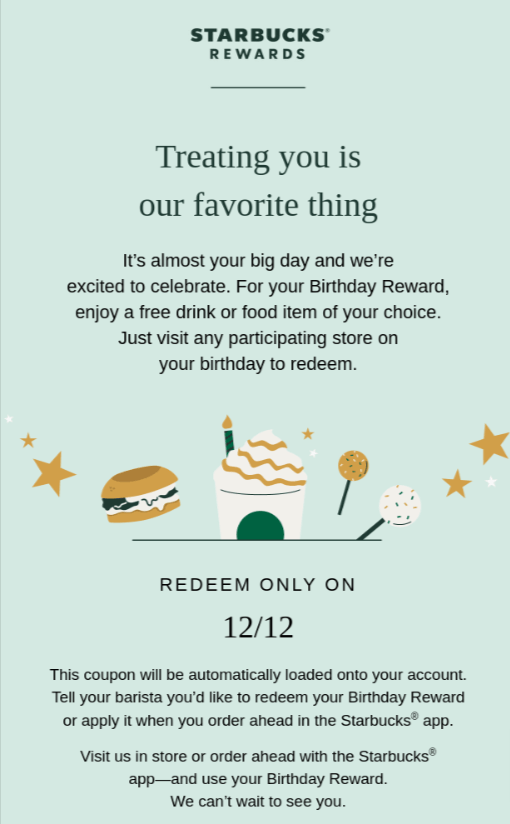
This personalized email example uses the customer’s date of birth, a key demographic detail, to craft a celebratory and exclusive offer, making the recipient feel valued and appreciated.
It positions the company as thoughtful and customer-focused, which fosters long-term loyalty and increases the chances of the recipient making additional purchases during or after their visit.
This personalized email demonstrates how effective demographic segmentation can be when combined with personalization and emotional triggers.
Email segmentation tool for Ecommerce
Retainful email segmentation tool takes the load off you and allows you to segment email list without a 3-page manual.
Choose Retainful for:
- Pre-built segmentation templates
- Advanced email segmentation capabilities
- Effortless email automation
Here is how easily you can use demographic segmentation in Retainful to group customers.
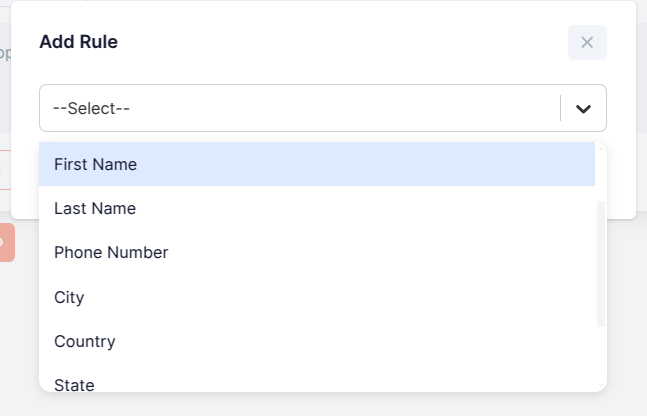
Plus, you can segment your customers based on purchase history, abandoned cart history, email engagement metrics, life-cycle stage and more.

Frequently Asked Questions
Demographic segmentation divides a market based on age, gender, income, and location. For example, offering high-end products to wealthy individuals while targeting budget-conscious buyers with discounts.
Nike uses demographic segmentation by tailoring product offerings, such as athletic shoes and apparel, based on gender, age, and income level to meet the specific needs of various consumer groups.
Four examples of demographics include age, gender, income level, and education.
To market to different demographics, use personalized messaging, targeted ads, and relevant product offers.
